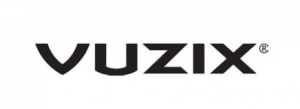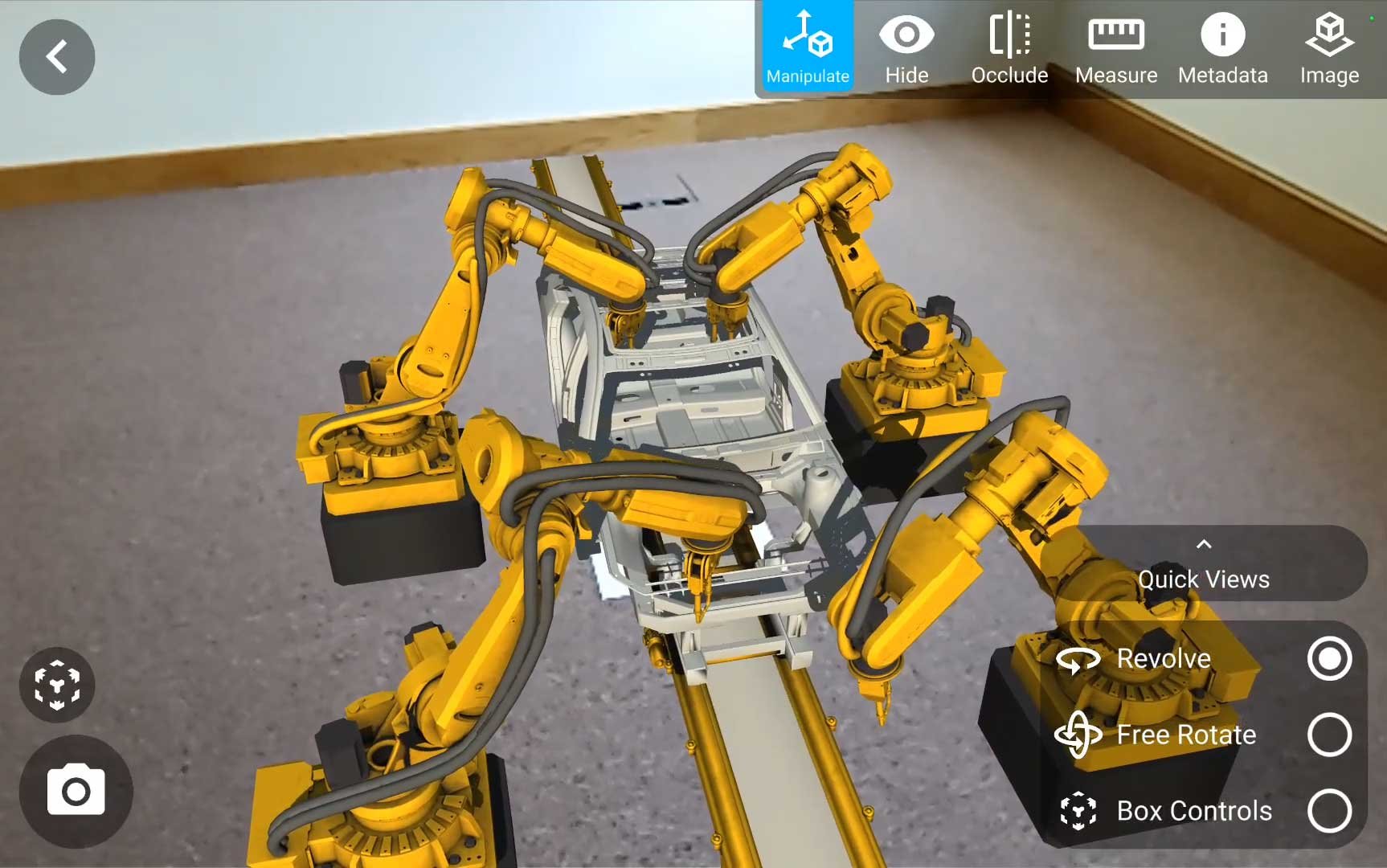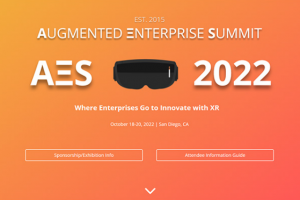As manufacturing and industrial companies continue to deal with ever-growing demands from their customers, the need for innovative technology in the industry is greater than ever. Capable of assisting with everything with crucial training initiatives to faster prototyping, extended reality represents a phenomenal opportunity for brands in the industrial sector.
Already, we’ve begun to see a number of leading companies experimenting with new opportunities in the XR space. Whether it’s bringing teams together in virtual reality to create and interact with digital twins or products, or supporting collaboration through augmented reality, there are no shortage of options out there.
Today, we’re going to be sharing just a few insightful stories from innovators in the XR landscape working with manufacturing and industrial brands.
Microsoft and Airbus
Innovator in the aerospace technology and manufacturing landscape, partnered with Microsoft on their journey into the extended reality landscape. The pioneering company wanted to transform traditional industrial processes involved with the creation of commercial and military aircraft, launch and satellite vehicles through mixed reality.
Using Microsoft’s Azure MR environment and HoloLens 2, Airbus has been able to successfully accelerate and enhance the design of aircrafts, while improving the functionality and safety of the team. Intelligent solutions like Azure Remote Rendering even allows the company to bring team members together for a higher level of collaboration in a mixed reality environment, without compromising on safety and security.
Holo-Light and Thyssenkrupp Marine Systems
In the manufacturing and industrial landscape, the measurement and quality control aspects of dealing with various components can often be a time-consuming process, particularly for companies building submarines. Fortunately, the Thyssenkrupp Marine Systems company discovered a new way to enhance the performance of their teams through augmented reality, with Holo-Light.
The solution from Holo-light gives the Marine manufacturing brand the opportunity to tap into a comprehensive AR package consisting of all the software and hardware required to perform ultra-precise work in an AR environment. According to the case study produced by Holo-Light the new work process is now significantly more streamlined and convenient for the engineers.
Kognitiv Spark and Surepoint
The Surepoint Group, an industrial contractor specializing in construction, manufacturing electrical and instrumentation services, operates in various sectors across the globe. Surepoint has field locations throughout the US and Canada, as well as offering services to client sites on a broader scale. To deliver consistently exceptional support and speed in this space, the Surepoint team decided it was time to upgrade its solution with RemoteSpark.
The RemoteSpark mixed reality remote worker support tool allows subject matter experts and field workers to collaborate and connect securely through an AV connection. Experts can make annotations in the field of view of engineers, share files, and even create animated 3D holograms. All of these tools allow workers to resolve issues faster, while keeping technology hands-free.
RealWear and Total
Total, a leading energy company producing and marketing all manner of fuels, natural gas and low-carbon electricity services across more than 130 countries, engaged with the RealWear team on their strategy for industrial digital transformation. In the past, when complex equipment required repairs or maintenance, Total had to slow its operations to a halt to bring in specialist experts.
Now, RealWear headsets with Microsoft Teams access allow Total to connect their onsite workers to subject matter experts wherever they are, for faster equipment diagnostics and repairs. The result is eliminated travel costs for visiting experts, improved collaboration for multiple teams, and better equipment maintenance and repair times.
Taqtile and PBC Linear
PBC Linear, a company committed to making linear motion products, decided to work with Taqtile when they discovered new opportunities for digital transformation in their business. For PBC Linear, Taqtile presented an opportunity to create comprehensive training and instruction experiences for manufacturing staff who needed help getting to know difficult pieces of machinery.
The Manifest AR technology from Taqtile allows the company to capture the specific knowledge and machine instructions from seasoned employees to guide newer members of staff in the industry. The result is an 80% reduction int raining time and a significant reduction in the number of errors made within the manufacturing space.
Varjo and Tenstar
Varjo, a market leader in extended reality solutions for the modern landscape, recently partnered with Tenstar to help teach manufacturing and industrial professionals how to use various pieces of heavy machinery in real-life situations. The immersive virtual reality training experience helps professionals to gain new skills at a rapid pace, without putting them at risk.
According to Varjo’s case study, the solution means that customers can now spend up to 90% less compared to real-machine training, and trainees can repeat tasks more often, leading to fewer accidents and more experiences. Trainees also get to practice in real-life scenarios that would be dangerous to access in the real world.
Unity and the Manufacturing Technology Center
The Manufacturing Technology Center, or MTC is a research and technology organisation belonging to the High Value Manufacturing Catapult. The company has an impact on a number of industrial sectors worldwide, and like many manufacturing groups, is reliant on rapid transformation to stay ahead of the competition.
With Unity’s help, the MTC was able to find cutting-edge solutions for creating high-value manufacturing firm blueprints using innovative real-time 3D projects. The Unity landscape meant MTC could eliminate a host of common project roadblocks, with issue resolution of 24 hours or less.
At the same time, the company also enhanced the product design and development process for clients and opened doors for better collaboration among internal teams.
Matterport and SEACOMP
A company committed to supplying manufacturing solutions for customers across the industrial, consumer goods, and medicals industry, SEACOMP has a huge presence worldwide. Unfortunately, during the pandemic, the company’s employees were no longer able to visit customers and show clients or prospects product demos.
With Matterport, the company was able to create new digital twins of their offices and manufacturing equipment into a digital world. This means SEACOMP can now give prospects and clients a full 3D walkthrough of the factor’s equipment without the time, costs, and risks of travel.













